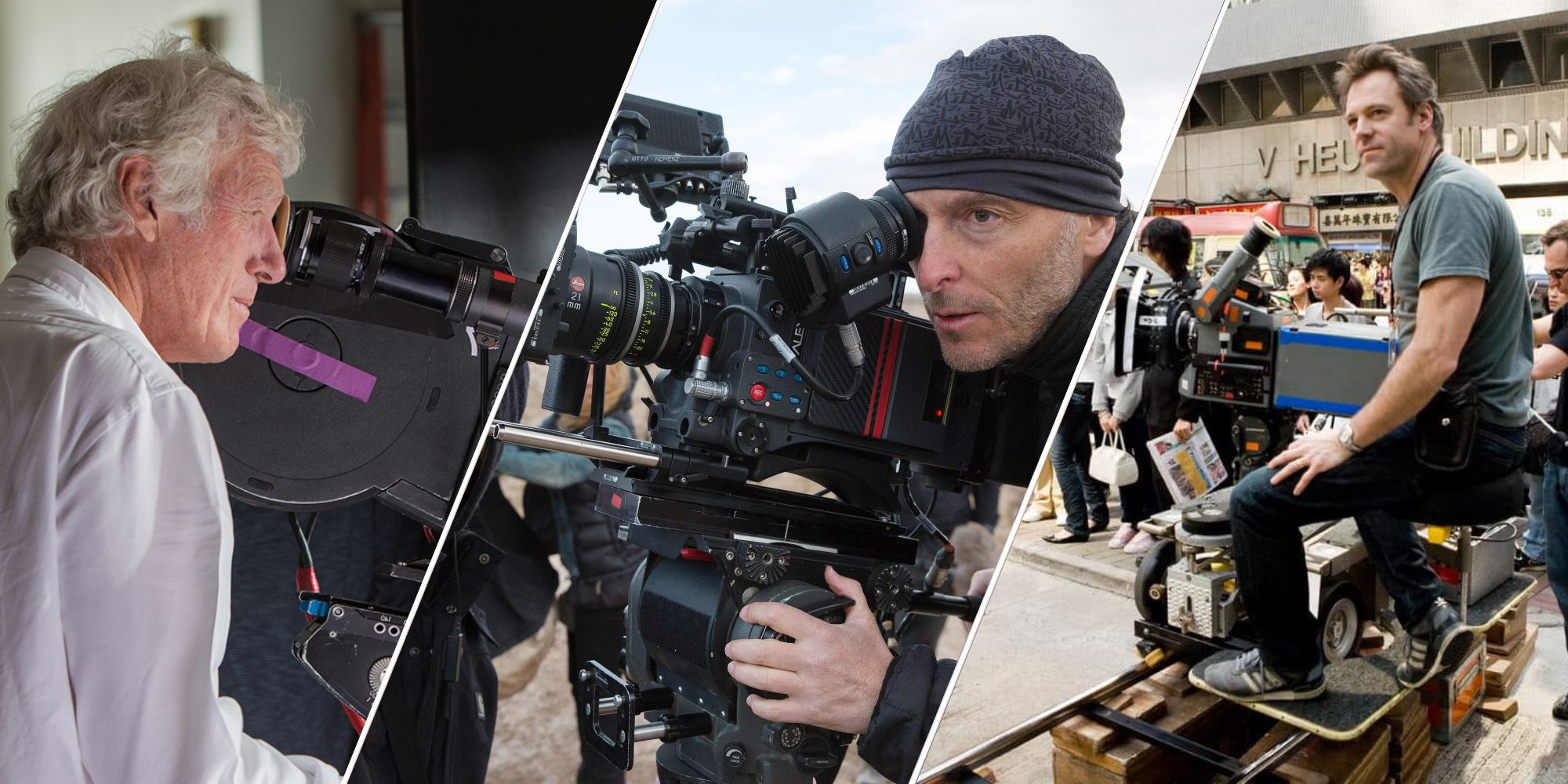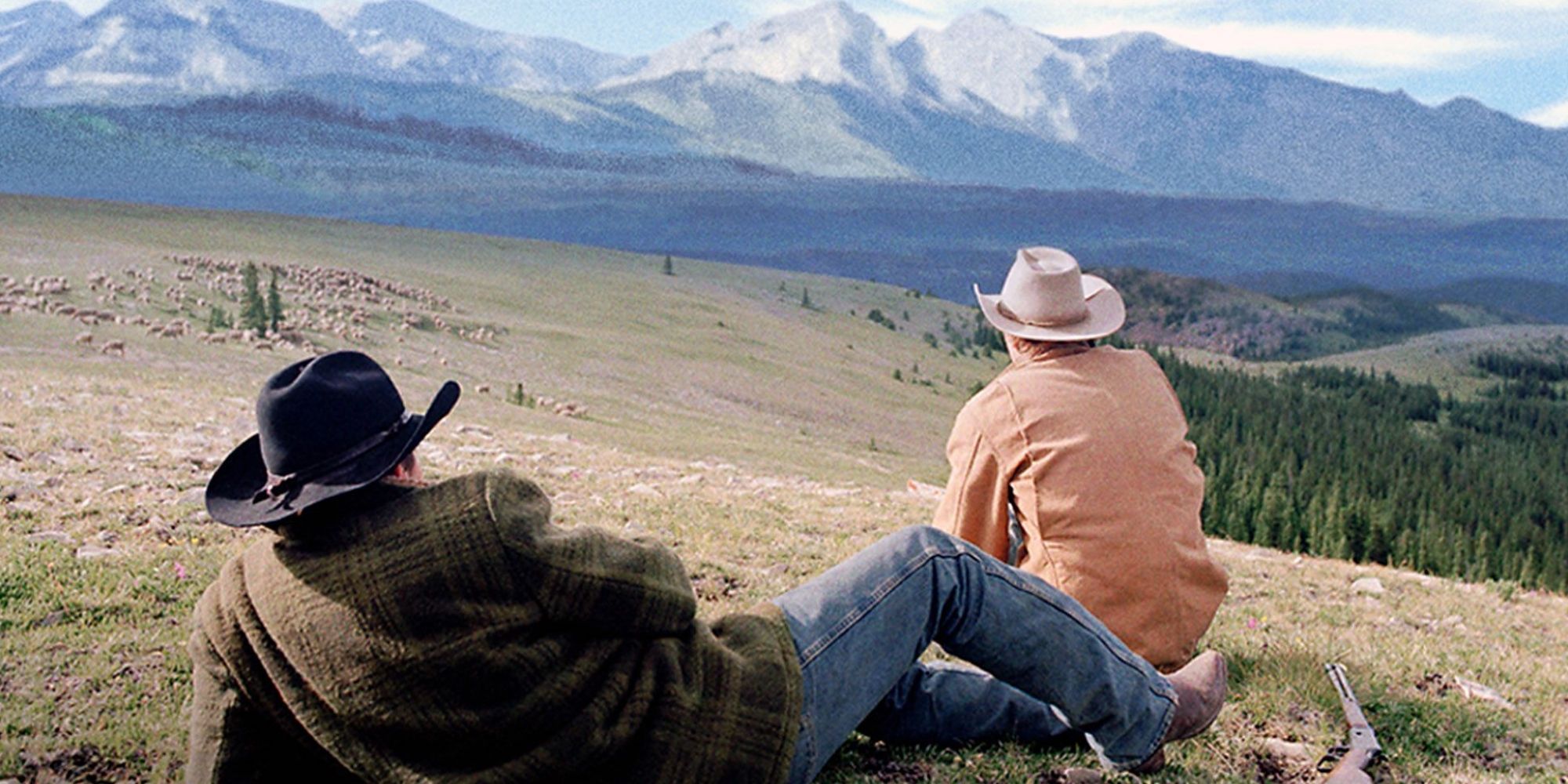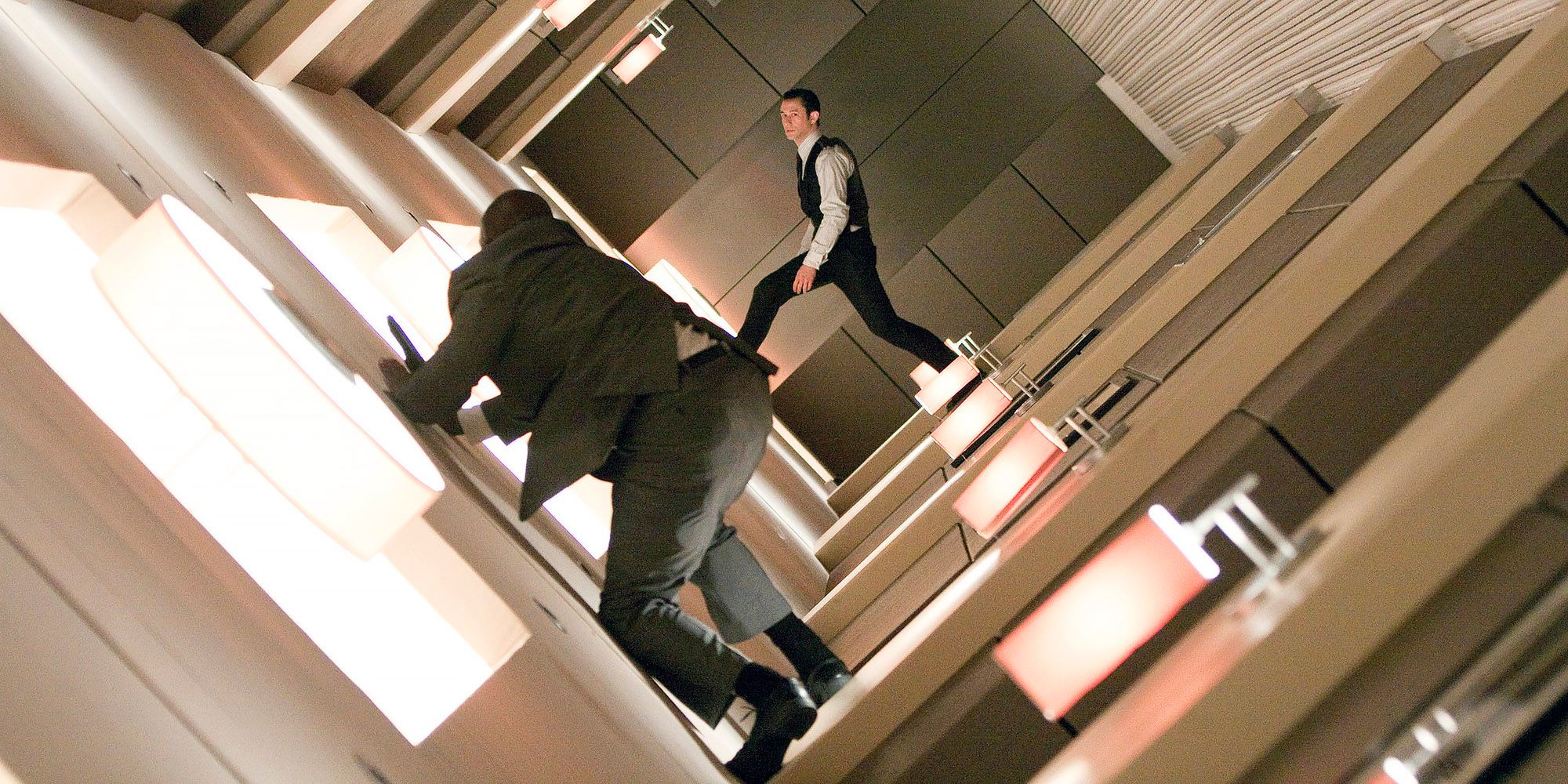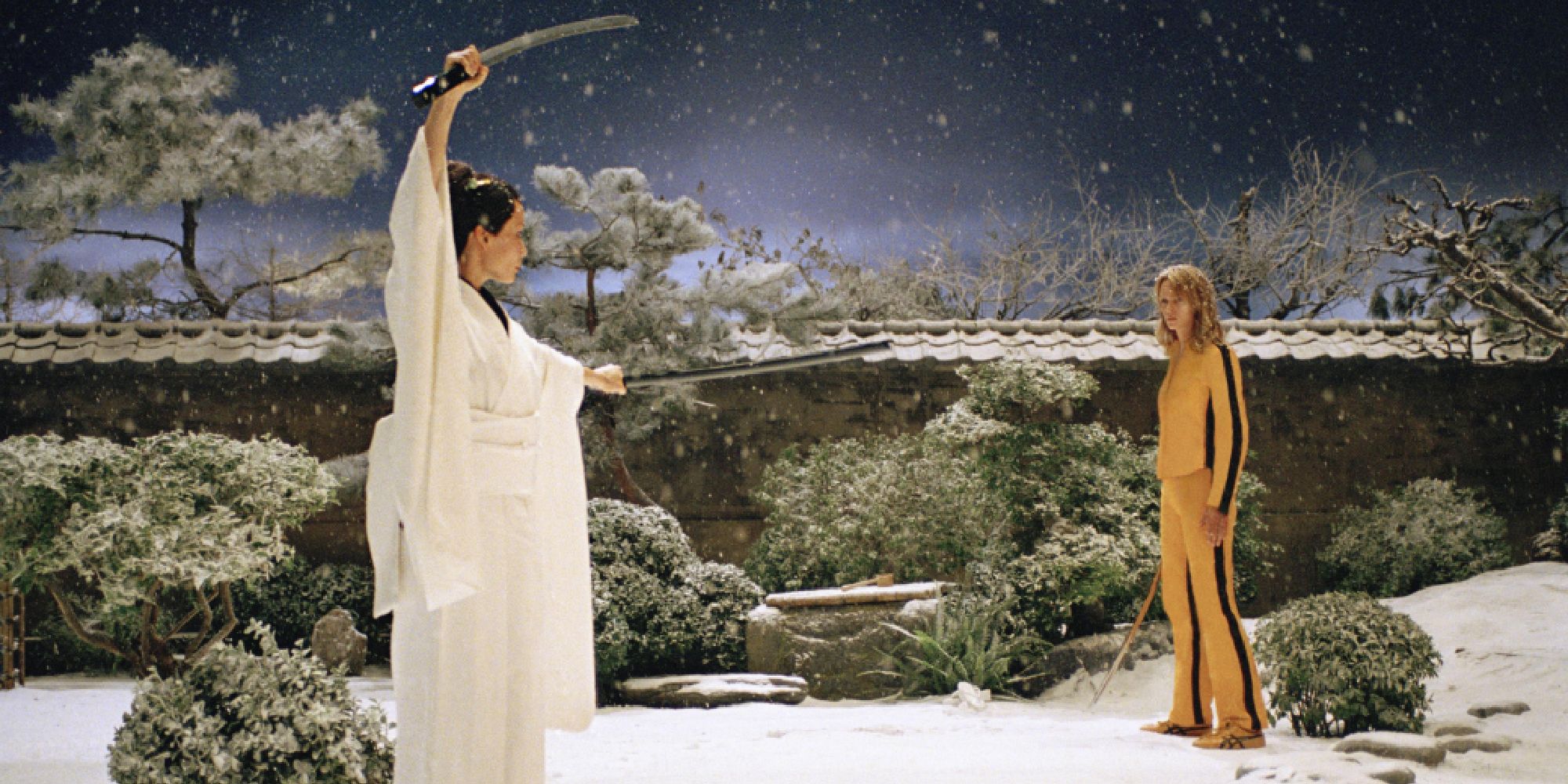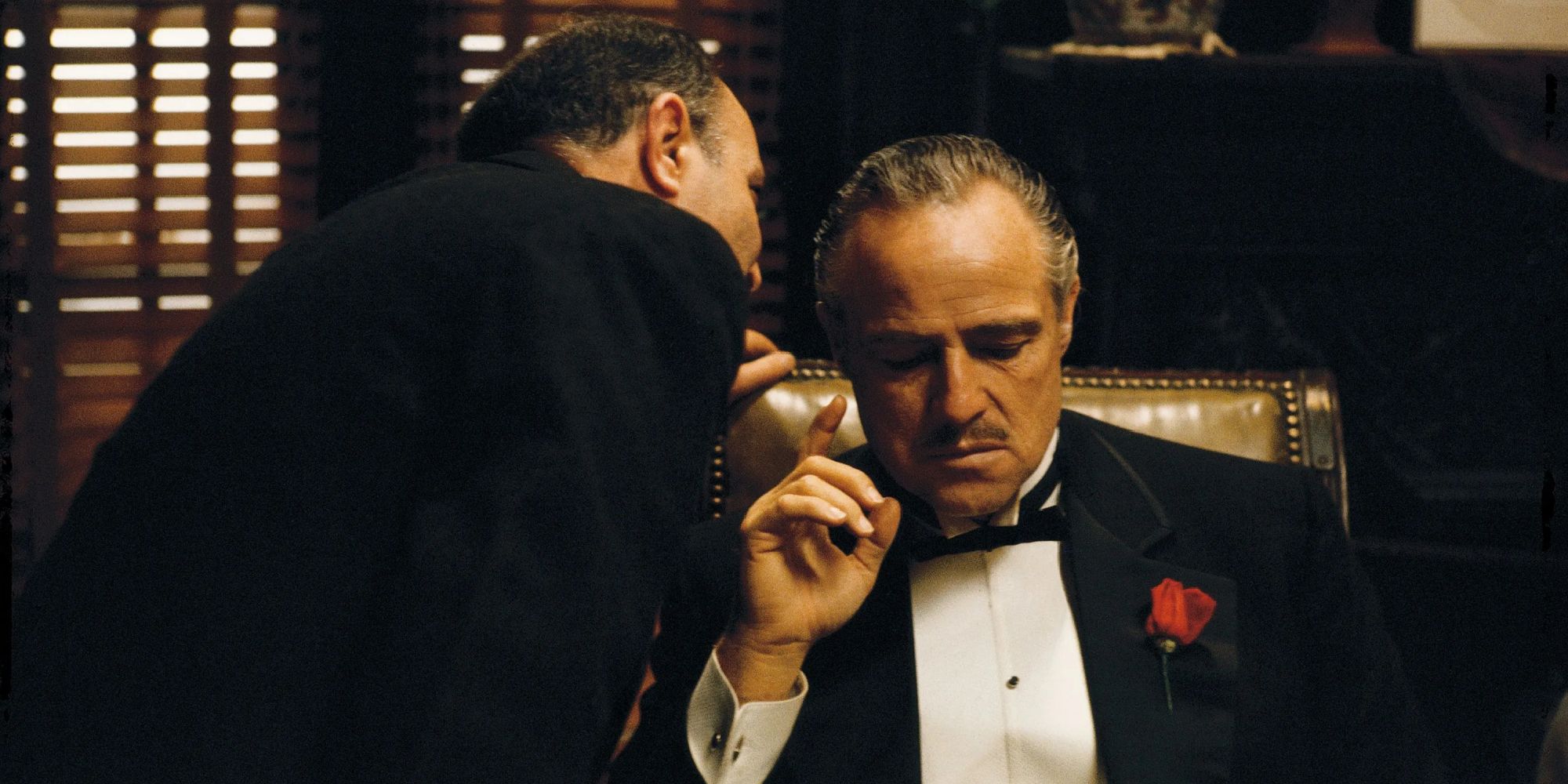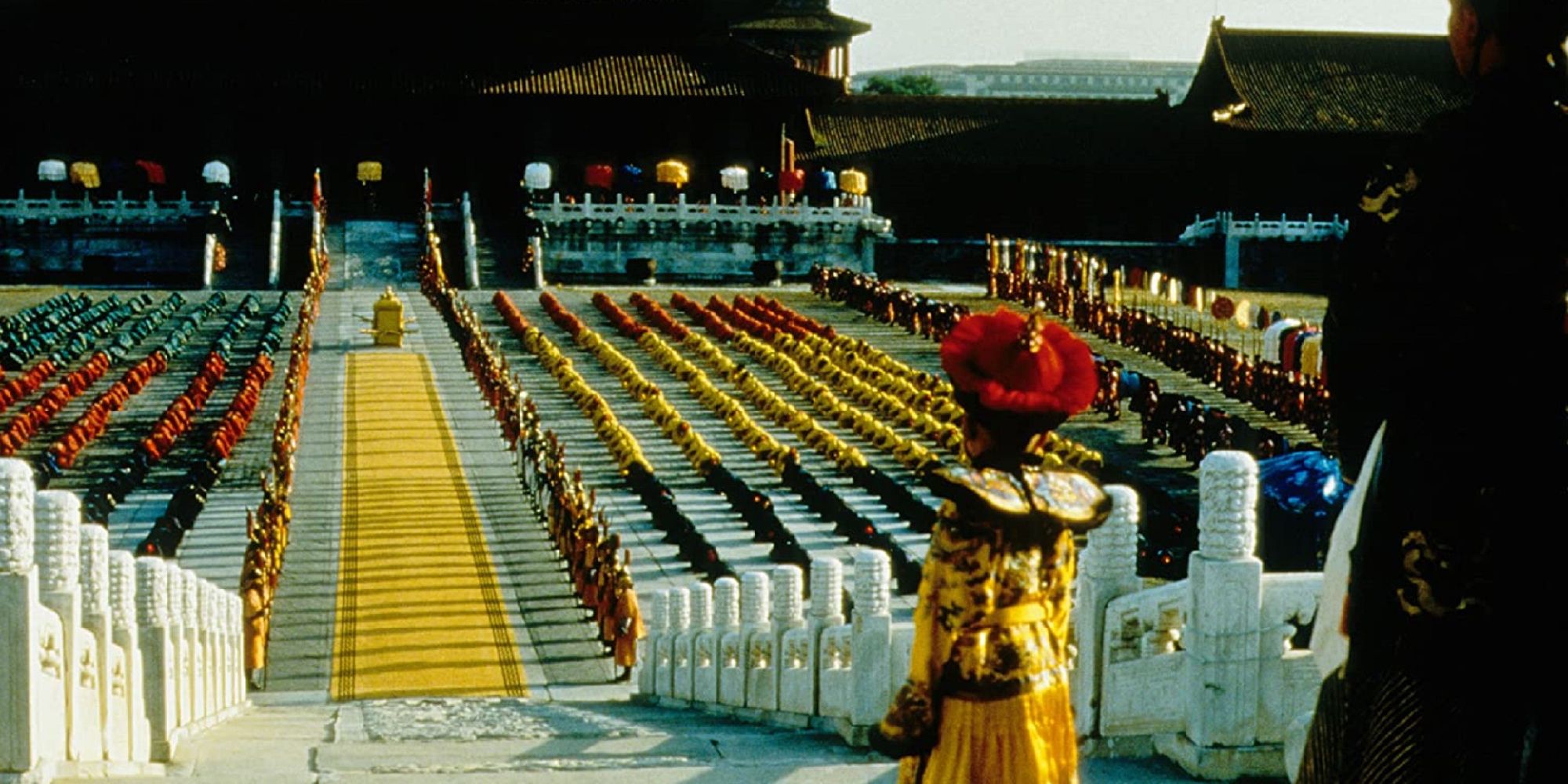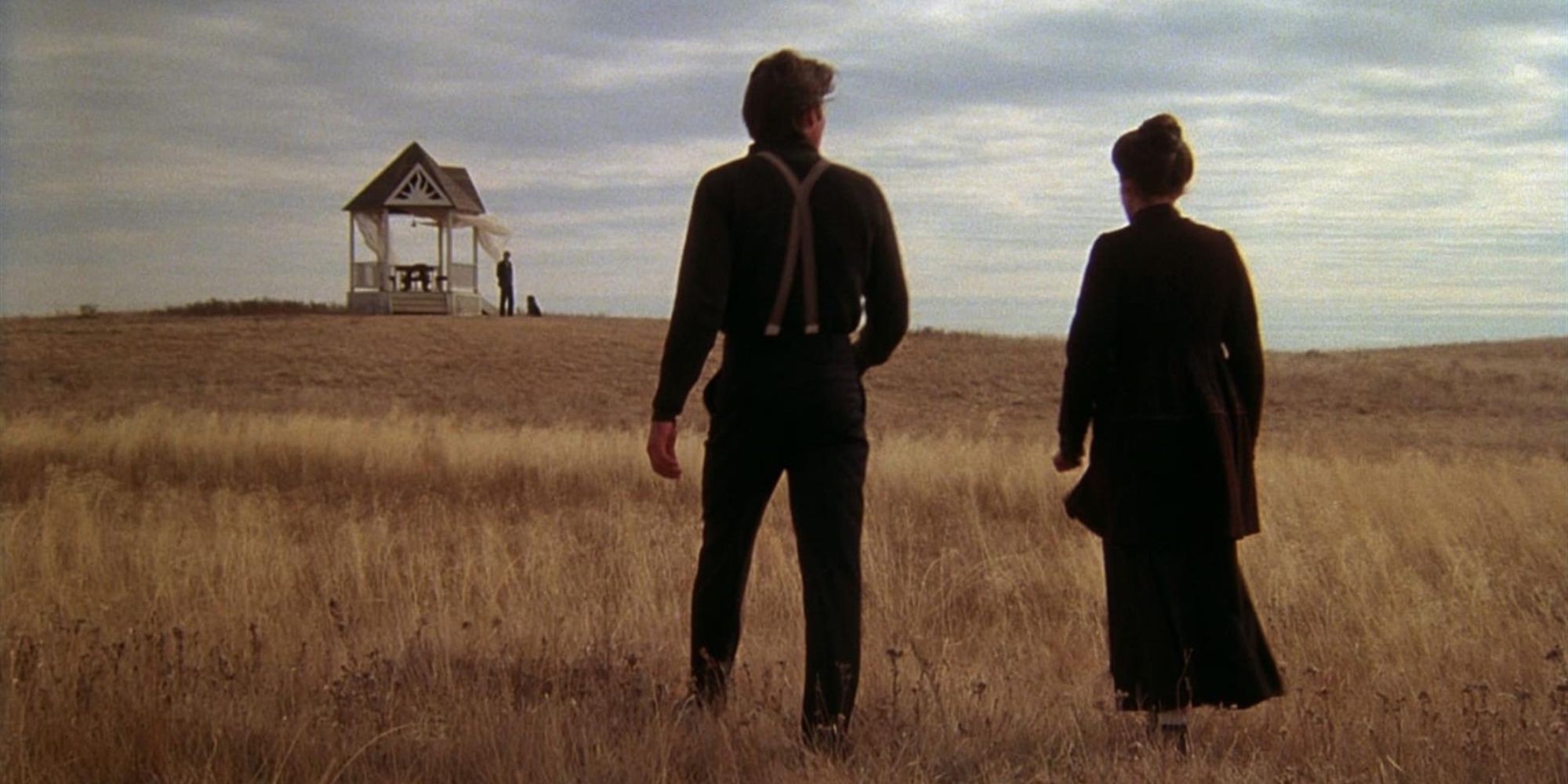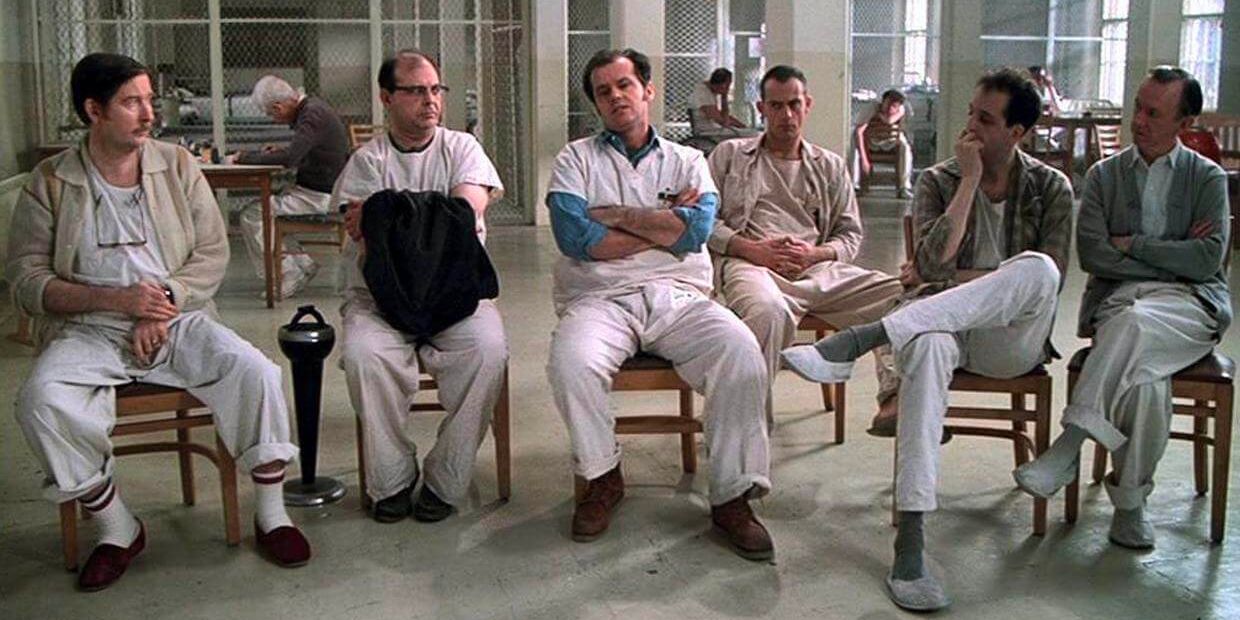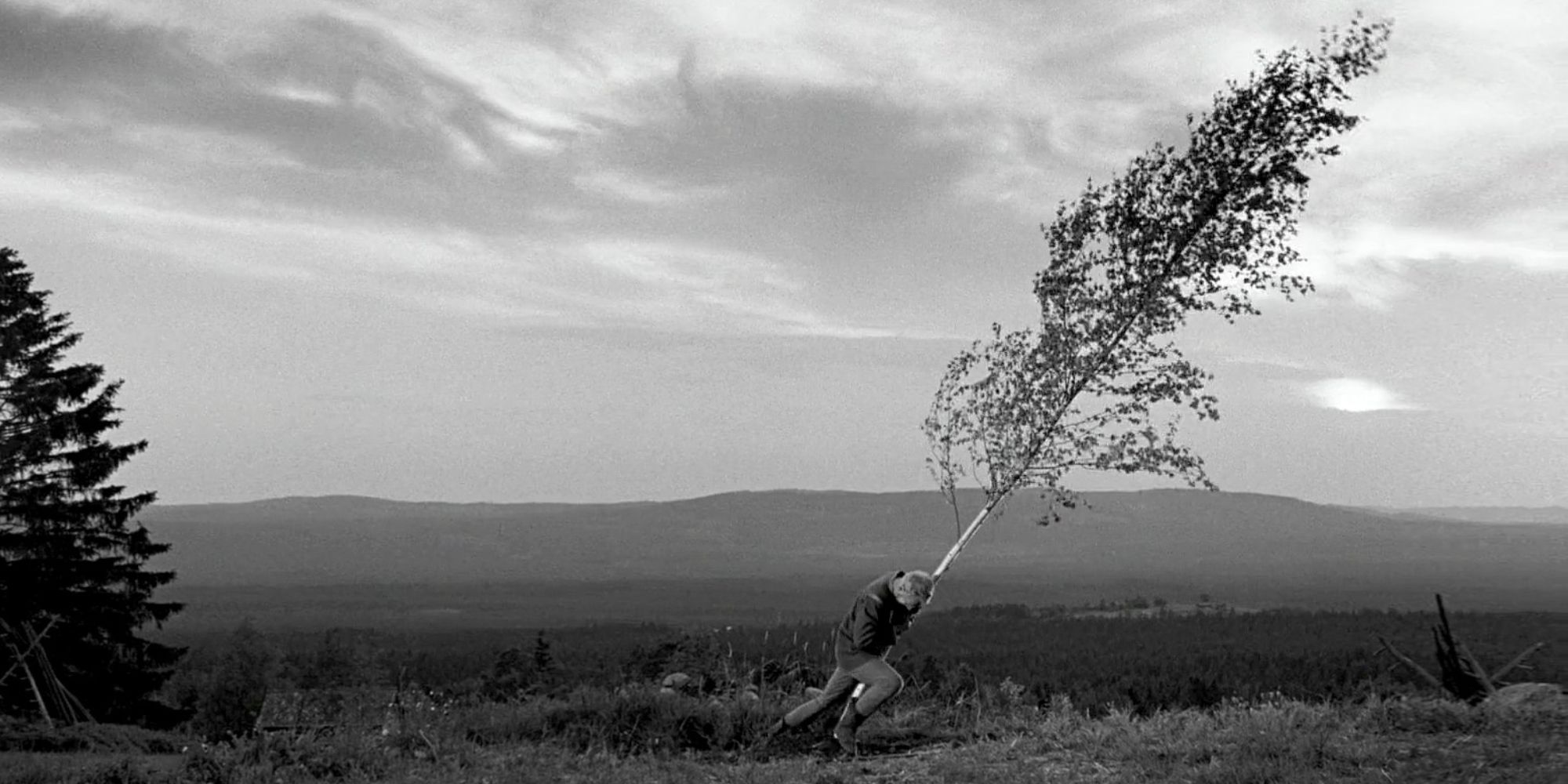Along with editors, cinematographers are among the more under-appreciated essential crew members in the filmmaking world. The actors will usually get the most attention for most films, with writers and directors often coming in second/third place. Sometimes, a producer will get a decent amount of recognition for a film's success, too. After all, they're the people who get presented with Best Picture at the Oscars, should the film they produce win the night's big prize. Cinematographers, unfortunately, sometimes get overlooked.
Perhaps there's a misconception that a movie looks good purely because of the director. While they're vital for the visuals of a film, just as important - or sometimes more so - is the cinematographer, whose role includes working on a film's lighting, use of color, and framing, among various other duties that, when done well, can make a film look visually spectacular. To celebrate this sometimes underappreciated role, here are 10 of the greatest cinematographers of all time, and some of the films they helped make look so incredible.
Emmanuel Lubezki
A prolific cinematographer who's been working steadily since the 1990s, Emmanuel Lubezki has played a role in filming some of the best-looking movies of the last few years. He's been nominated for the Best Achievement in Cinematography Oscar eight times, and won three of those.
Notably, he had an impeccable streak where he won those three Oscars three years in a row: the first for 2013's Gravity, the second for 2014's Birdman or (The Unexpected Virtue of Ignorance), and the third for 2015's The Revenant. He's also worked numerous times with Terrence Malick, including for The Tree of Life, which was one of the most visually impressive movies of the 2010s.
Rodrigo Prieto
Rodrigo Prieto is a Mexican cinematographer who's been the cinematographer for some great films, working in the Mexican film industry and Hollywood, from the early 2000s onwards. His first notable credit for international audiences is probably for the gritty 2000 drama, Amores Perros, with even higher-profile films coming in the years after.
He's worked numerous times with Ang Lee and Martin Scorsese, with his collaborations with those directors proving to be some of his most successful (Brokeback Mountain, The Wolf of Wall Street, and The Irishman, to name a few). His work might not be as flashy as someone like Lubezki, but his track record is just as strong, and he's undeniably helped craft some beautiful-looking movies.
Wally Pfister
There are a handful of cinematographers who are best known for their partnership with a single filmmaker, and Wally Pfister is arguably one of them. His most high-profile credits are for Christopher Nolan, as he was the cinematographer for all seven Nolan movies made between 2000 and 2012 (in this time, he was also nominated for Best Cinematography for four of them, and won for 2010's Inception).
Those films undeniably have a distinctly sleek look to them, and show how important Pfister was to making the films from that era in Nolan's filmography look so good. Unfortunately, he hasn't been credited as a cinematographer since 2012, branching out into directing for TV shows and feature films, so time will tell whether he ever returns to the role that got him so much acclaim.
Roger Deakins
There are few cinematographers whose names are well-known outside dedicated film circles, but Roger Deakins is one of those select few that is a big-name cinematographer. He absolutely deserves his reputation, as he's worked in the profession since the 1970s, and has racked up close to 100 credits as of 2022.
He's done the cinematography for most films by The Coen Brothers, has worked on several Denis Villeneuve movies, and is also a favorite of Sam Mendes, working on Skyfall - one of the best-looking James Bond films of all time - and recently winning an Oscar for the breathtaking 1917. His body of work is vast and incredibly consistent, proving once-and-for-all that Deakins is easily among the best cinematographers working today.
Robert Richardson
Glancing over his credits shows that Robert Richardson has been a highly sought-after cinematographer since the 1980s. He's mostly worked with groundbreaking American filmmakers like Oliver Stone, Martin Scorsese, and Quentin Tarantino, doing the cinematography for all the latter's films (except Death Proof) of the last 20 years.
It's perhaps his work on the fantastic-looking Kill Bill that best demonstrates his skill. From front to back, both volumes of that film are filled to the brim with stunning images, as it's one of the most colorful, visually diverse, and stylish films of the 21st century. Tarantino may be the one coming up with the ideas of what to show, but someone like Richardson is instrumental in making those images come alive and look as good as they do.
Gordon Willis
Gordon Willis' body of work as a cinematographer is a little smaller than some of the other all-time greats in his field. His credits only go from 1970 to 1997, and in that time, he was credited a respectable 37 times, before passing away in 2014.
But looking at what films he worked on during the 1970s shows how important a cinematographer he was. He's particularly well-regarded for his use of lighting, and it's especially notable throughout The Godfather films, as he worked on all three. They frequently employ atmospheric lighting and plenty of shadows, giving the films such a unique look that most frames from the trilogy are easily identifiable as being from The Godfather. Those films are now so iconic, it's hard to imagine them looking any other way, which is largely thanks to Willis.
Vittorio Storaro
A talented cinematographer who's won three Oscars throughout his lengthy career, Vittorio Storaro is best known for working on Apocalypse Now, as well as his numerous collaborations with famed directors like Bernardo Bertolucci and Warren Beatty.
Francis Ford Coppola's Vietnam War movie Apocalypse Now really does stand out, thanks to how nightmarish and eerie its images consistently are, with a talented cinematographer needed to capture those visuals so vividly. The Last Emperor, directed by Bertolucci, also stands out for being consistently lush and awe-inspiring to look at. The lengthy runtime of the Oscar-winning epic becomes much easier to handle thanks to how beautiful it is to look at throughout.
Néstor Almendros
Néstor Almendros' career was cut short by his death at the age of 61, in 1992. He'd had credits up until 1991, so his passing was a true loss to cinema, as he was behind what's arguably one of the most gorgeously shot movies of all time.
That movie is Terrence Malick's Days of Heaven, which achieves its beautiful look through its farm setting and the way many scenes were captured at the magic hour: right around sunset and sunrise, when things appear to "glow." It's Almendros' greatest work, but far from the only fantastic-looking movie he did the cinematography for, as movies like Sophie's Choice and Kramer vs. Kramer demonstrate.
Haskell Wexler
Like Gordon Willis, Haskell Wexler was a cinematographer who did his most notable work during the New Hollywood Movement, in the 1960s and 1970s. Wexler's first prominent credits were for groundbreaking and influential films like Who's Afraid of Virginia Wolf and In the Heat of the Night.
In the 1970s, he continued to help craft unique and influential-looking movies, like 1974's The Conversation and the iconic 1975 film, One Flew Over the Cuckoo's Nest. His style might not have been flashy, but he worked on some of the most important movies of a hugely important Hollywood era, and was instrumental in making the late 1960s to mid-1970s such a revered period in film history.
Sven Nykvist
Sven Nykvist is best known for his work with renowned Swedish filmmaker Ingmar Bergman. The two collaborated countless times from the 1950s, all the way through to the 1980s, and Nykvist still found time to serve as a cinematographer for numerous other filmmakers during that time.
He did the cinematography for The Unbearable Lightness of Being, which is an incredible-looking film, and also collaborated with well-known American filmmakers like Bob Fosse and Woody Allen. His style is a recognizable one (especially when it comes to those directed by Ingmar Bergman, as they all have a visual quality that makes the easily identifiable), making Nykvist one of the greatest cinematographers of all time.

